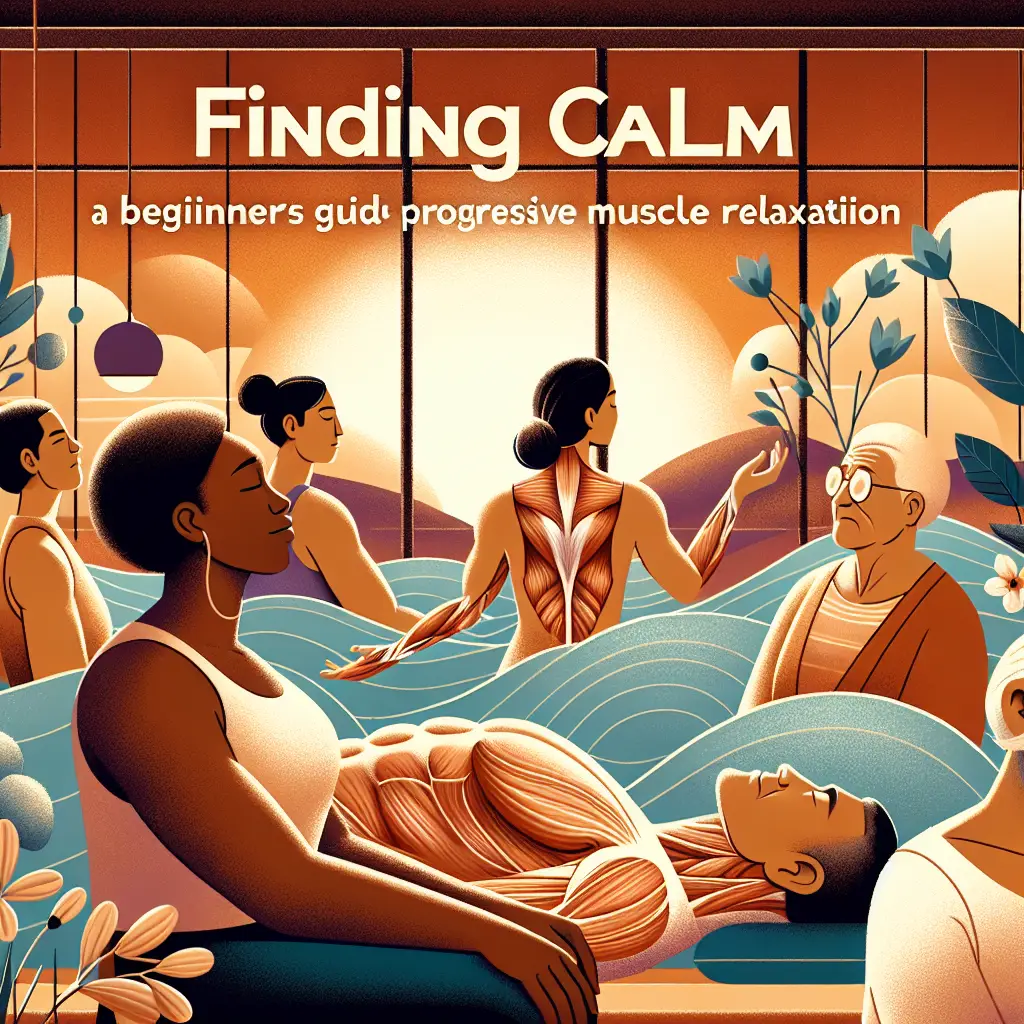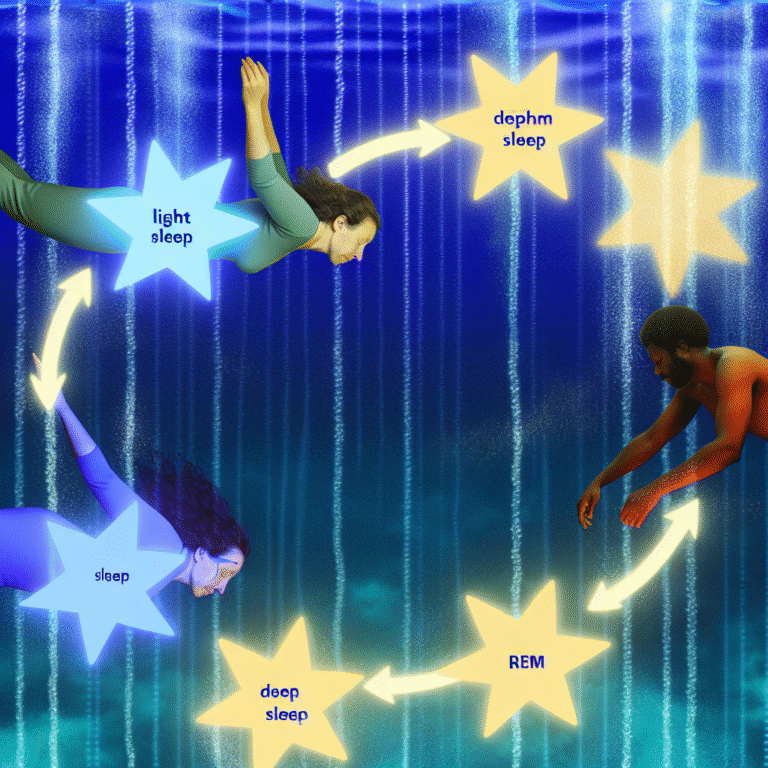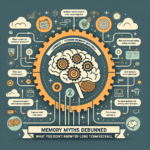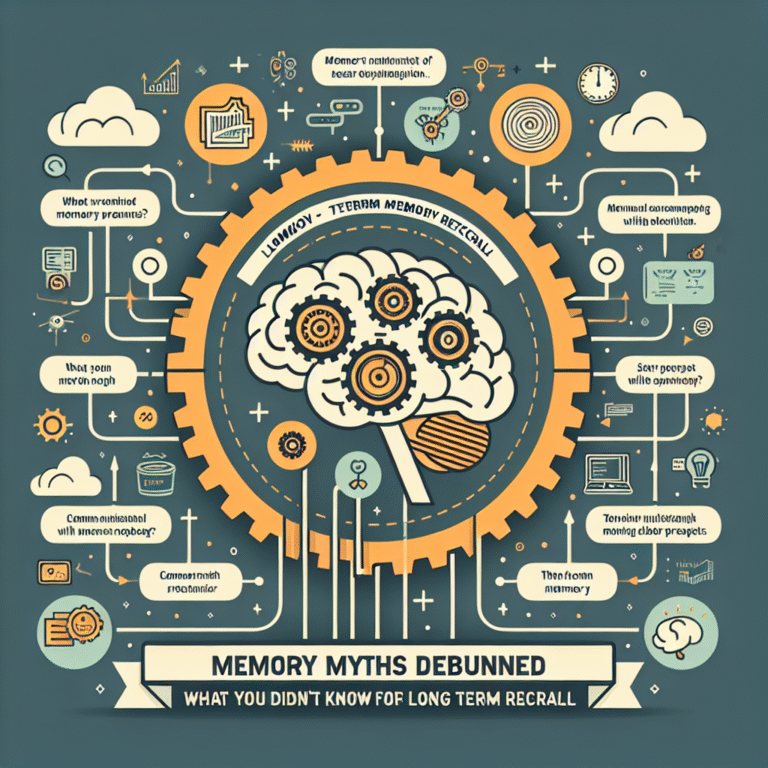
Finding Calm: A Beginner’s Guide to Progressive Muscle Relaxation
Introduction: Discovering Tranquility in a Hectic World
In today’s fast-paced world, the quest for calm can often feel elusive. Stress, anxiety, and tension have become commonplace in our daily lives, leaving many searching for effective ways to restore balance and peace. If you’re one of the millions seeking a remedy for modern life’s stresses, you’ll find hope in Finding Calm: A Beginner’s Guide to Progressive Muscle Relaxation. This powerful technique, rooted in psychological and physical wellness, offers a tangible path toward tranquility and ease.
Let’s embark on a journey into the world of Progressive Muscle Relaxation (PMR), exploring its methodology, benefits, and practical applications. With potential insights and strategies at your fingertips, you can initiate your journey towards finding calm.
Understanding Progressive Muscle Relaxation
What is Progressive Muscle Relaxation?
Progressive Muscle Relaxation is a technique that involves tensing and then relaxing different muscle groups in a systematic manner. This practice not only aids in identifying areas of tension but also promotes awareness of the physical sensations accompanying stress.
The Science Behind PMR
Research has shown that PMR can significantly reduce stress levels by helping practitioners cultivate a greater awareness of muscle tension and relaxation. When you engage in PMR, you can activate the body’s relaxation response, leading to reduced heart rates, lowered blood pressure, and improved mental clarity.
Historical Context and Development
Developed by Dr. Edmund Jacobson in the early 20th century, PMR was initially utilized to combat anxiety and insomnia. His work paved the way for subsequent applications in stress management and therapeutic practices, marking PMR as a cornerstone in holistic health approaches.
The Benefits of Progressive Muscle Relaxation
Stress Reduction and Management
One of the primary advantages of incorporating PMR into daily routines is stress reduction. By systematically relaxing muscle tension, individuals may experience fewer symptoms associated with stress-related ailments such as headaches, digestive issues, and emotional distress.
Case Study: The Office Worker
Consider Jane, an office manager bombarded with deadlines. After struggling with chronic headaches and anxiety, she discovered PMR. Practicing it for just 10 minutes before work helped her manage her stress significantly, leading to improved productivity and overall wellness.
Enhanced Sleep Quality
Many practitioners report improved sleep quality after regular PMR. By calming the mind and body, individuals can fall asleep faster and achieve deeper, more restorative rest.
Case Study: The Sleep-Deprived Student
John, a graduate student, suffered from insomnia due to stress. After he committed to a nightly PMR routine, he found that he could settle down quickly, allowing restful sleep and better academic performance.
Improved Emotional Regulation
Regular practice of PMR enhances emotional awareness and regulation. It equips individuals with the tools to recognize their physical reactions to stress and manage their emotional responses more effectively.
Case Study: The Anxious Parent
Marissa, a single mother, often felt overwhelmed with parenting duties and work. Through PMR, she learned to recognize the physical signs of her anxiety, and practice techniques to regain calm, leading to healthier interactions with her children.
Implementing Progressive Muscle Relaxation
Step-by-Step Guide to PMR
To help you get started, here’s a simplified guide on how to practice PMR effectively:
- Find a Quiet Space: Choose a comfortable, quiet location free from distractions.
- Get Comfortable: Sit or lay down in a relaxed position.
- Deep Breathing: Begin by taking a few deep breaths to center yourself.
- Tense and Release: Move through the muscle groups in the following order:
- Feet
- Calves
- Thighs
- Abdomen
- Chest
- Hands
- Arms
- Shoulders
- Neck
- Face
- Focus on the Sensations: Hold each muscle group tense for a count of five, then relax, paying close attention to the feeling of release.
- Repeat: Continue this process for each muscle group making sure to take long, deep breaths throughout.
Creating a PMR Routine
To maximize the effects of PMR, consistency is critical. Consider scheduling practice sessions:
| Time of Day | Duration | Purpose |
|---|---|---|
| Morning (5-10 min) | 5-10 mins | Set a calm tone for the day |
| Midday (5-10 min) | 5-10 mins | Re-center and combat stress |
| Evening (10-15 min) | 10-15 mins | Prepare for sleep |
By integrating PMR into your daily routine, you’ll foster a habit that supports ongoing relaxation.
Common Misconceptions about PMR
PMR is Only for Those with Anxiety
Many believe PMR is exclusively for individuals suffering from anxiety disorders. In reality, anyone can benefit from PMR, as it serves as an effective tool for managing everyday stress.
PMR Takes Too Long to Learn
Contrary to this belief, PMR can be learned quickly. Most individuals can grasp the technique through simple instruction and practice, often seeing benefits within just a few sessions.
Tips for Success with PMR
Listen to Your Body
Finding calm often requires mindfulness. Pay attention to the sensations within your body; they can offer insights into levels of tension you may not have recognized.
Use Guided Sessions
If you’re a beginner, guided PMR sessions available in apps or online platforms can provide structure and enhance the practice through expert instruction.
Combine PMR with Other Relaxation Techniques
Consider integrating PMR with other approaches such as meditation, deep breathing, or yoga for a comprehensive relaxation strategy.
Conclusion: Your Journey to Finding Calm
With a deeper understanding of Finding Calm: A Beginner’s Guide to Progressive Muscle Relaxation, you’re now equipped to embark on a transformative path. The profound benefits of PMR extend beyond immediate stress relief and can significantly enhance your overall wellbeing.
By committing to this practice, you take an essential step toward reclaiming your peace, achieving emotional balance, and fostering resilience against the chaos of everyday life. Remember, the path to calmness is a journey, not a destination. Start today, and embrace the tranquility that awaits you.
FAQs: Addressing Common Concerns
1. How often should I practice PMR?
Engaging in PMR daily, even for just a few minutes, can lead to the best results over time.
2. Can PMR be used during a panic attack?
Individuals often find PMR helpful in managing panic attacks by focusing on tension and relaxation, though it may require practice to employ effectively during heightened anxiety.
3. Is PMR suitable for children?
Yes! PMR can be adapted for children, providing a valuable tool for managing stress in a school environment or during significant life changes.
4. How long does it take to see the benefits of PMR?
Many people experience immediate relief from stress after their first practice, but significant long-term benefits usually accrue over weeks of consistent practice.
5. Can I practice PMR anywhere?
Yes! While a quiet environment is ideal, PMR can be practiced in various settings, including busy workspaces or even during short breaks.
By integrating Finding Calm: A Beginner’s Guide to Progressive Muscle Relaxation into your life, you can begin to transform your relationship with stress and cultivate a more peaceful existence. Embrace the journey to find your calm today!















